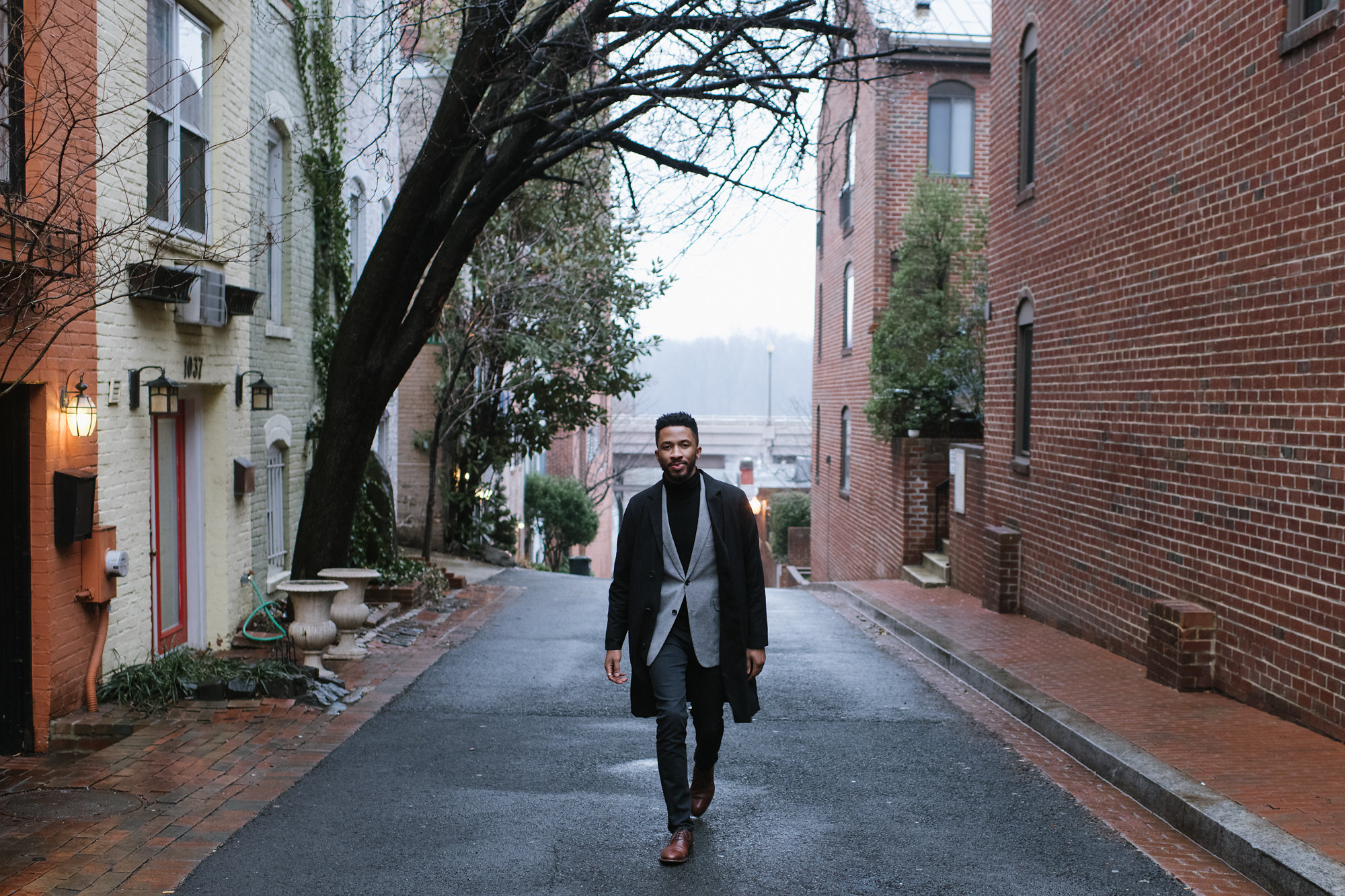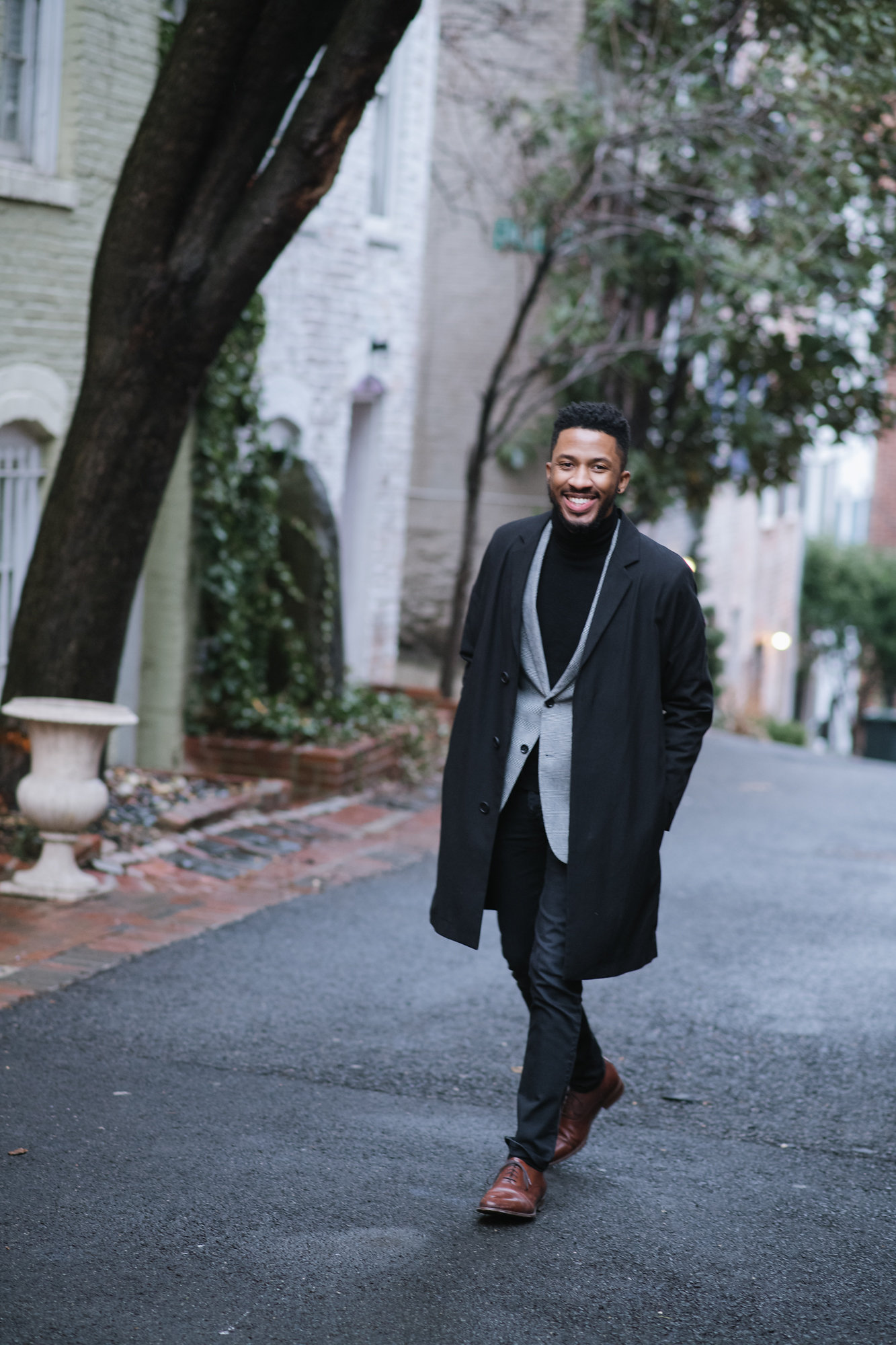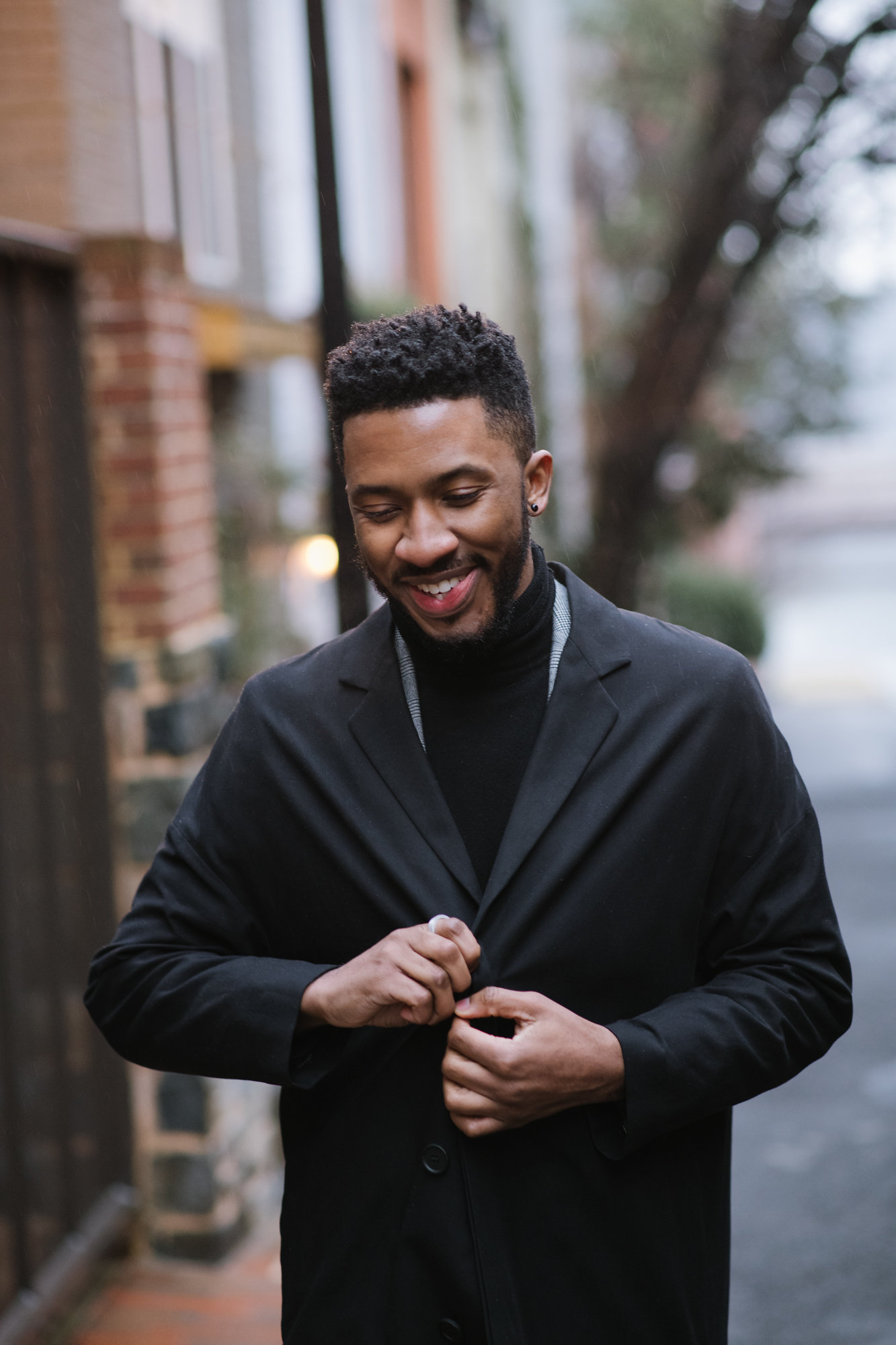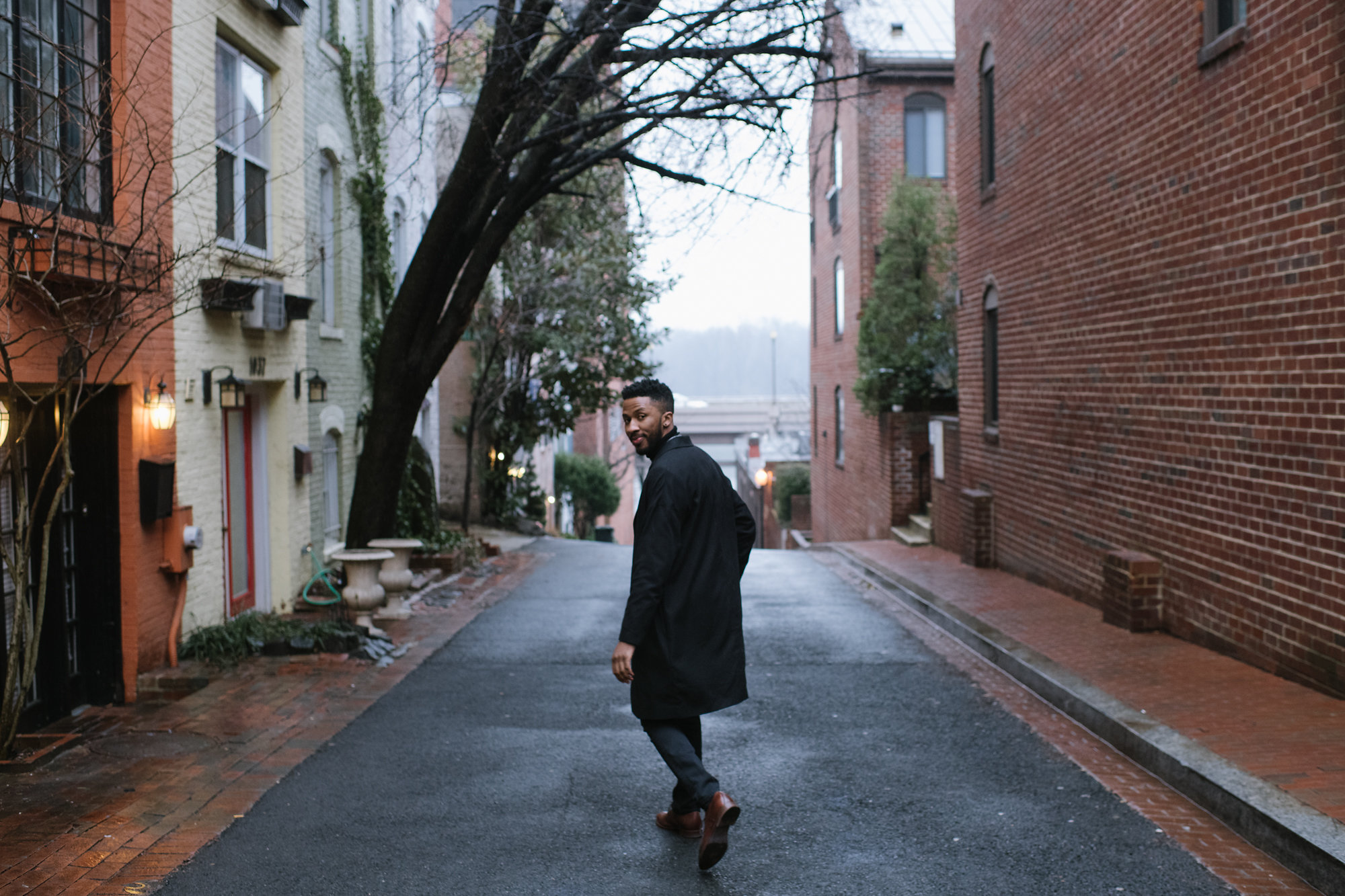‘I Like to Challenge Conventional Forms and Functionality’
Julian Barnes rearranged the room above his parents’ garage on a monthly basis—a young artist given the gifts of space, and an understanding of experience and community.
‘As a child, moving the furniture and art was another outlet to be more expressive and creative, and discover how spaces can be utilized,’ says Julian, now an architect at Davis Brody Bond. ‘I’m a bit more content and strategic in my own home, and how I design spaces now. I don’t have to make so many movements to get to a satisfied point. That’s the refinement of age and experience.’
By second grade, Julian was already winning school art competitions for his painting and drawing. In high school he started taking upper-level math and science courses, and the two tracts became a natural marriage of talent.
‘My father and grandfather are both craftsmen, and my mom works in social services and education. It was a balance between art, science, philosophy, and the built environment that has created who I am today.’
After graduating from Howard University in 2014, the Memphis native accepted a position at Davis Brody Bond. Two years ago he moved to Georgetown to be closer to work, and to gain a better sense of community, professionally and socially.
Julian’s work spans domestic and international projects—from DC to Chicago and Sao Paulo, Brazil. Locally, The National Museum of African American History and Culture, Benning Library, National Great Blacks in Wax Museum, National Studios Creative Campus, and BÄKS Modular Housing are all on his resume. Yet it’s been his city-wide work in Chicago that has piqued an interest in designing for urban scale.
‘I’ve worked on specific destinations, like mixed-use buildings and museums, but I like projects that help us better integrate how we move about a city. There is some type of integral experience that has to happen from Point A to Point B. My colleague and I have always been interested in small-scale projects that can scale themselves up and become more of a catalyst for creative, cultural or social intervention—and potentially motivate economic opportunities for retailers and small business owners. A lot of my interests are beginning to solidify there.’
As Julian and his colleagues discover new methods of construction and ways to implement digital technology into the built environment (and vice versa), the self-described sci-fi head says much of the discussion is around augmented reality and the ways in which it will change how we utilize—and move about—space.
‘With things as simple as Uber, there are discussions about hyper-mobility. Those will morph the way a city is manifested and built. There are a lot of internal conversations about what the future looks like, with a goal of manifesting the future in the present through buildable technologies and information.’
That future is manifested through the computer, as well as hand-drawn sketches. Julian says he’ll often sit with a piece of paper, folding it to better understand form before he can begin to create unique spaces.
‘As a designer and a creative person, it becomes difficult when you can’t hold it and touch it. You have to deal with something a bit more tangible to erect something beautiful. Having that ability to draw a line and understand the feeling behind that is important.’
Julian considers himself an artist first; an oil painter and photographer deeply inspired by nature. His most recent pieces were abstract landscapes born from common patterns Julian began to see in foliage, trees, and mountains that he photographed. His series Furtherance was an inspiration of texture and landscape—six 30x40 works that have already sold.
‘At heart, I am a modernist, but I think the artistic side of me is more avant garde, and that influences my work as an architect. I like to challenge different conventional forms or functionality. It’s always a question in my mind. I know I can achieve this, but how can we change what is typical in a situation to propose a question in the experience rather than a prescriptive answer?’
Questions and answers exist in tandem throughout Georgetown—a neighborhood Julian loves for its blend of historical and modern interventions that create an ‘interesting dialogue.’
‘I don’t have a favorite building in Georgetown; I like the very small moments that happen throughout it. A lot of the alleys and public spaces are very interesting, and they provide very intimate, picturesque moments. You see a frame view of Georgetown University’s historic Healy Clock Tower or the Potomac River.’
Although Julian is at the start of his career, he’s already learned the lesson of patience; working on the tail-end of projects like The National Museum of African American History and Culture that were a decade in the making.
‘It teaches you to be passionate about what you’re doing in the present, and understand its influence in the future—whether you’re talking about a person visiting your work that same day, or 100 years from now. You’re designing through time.’







